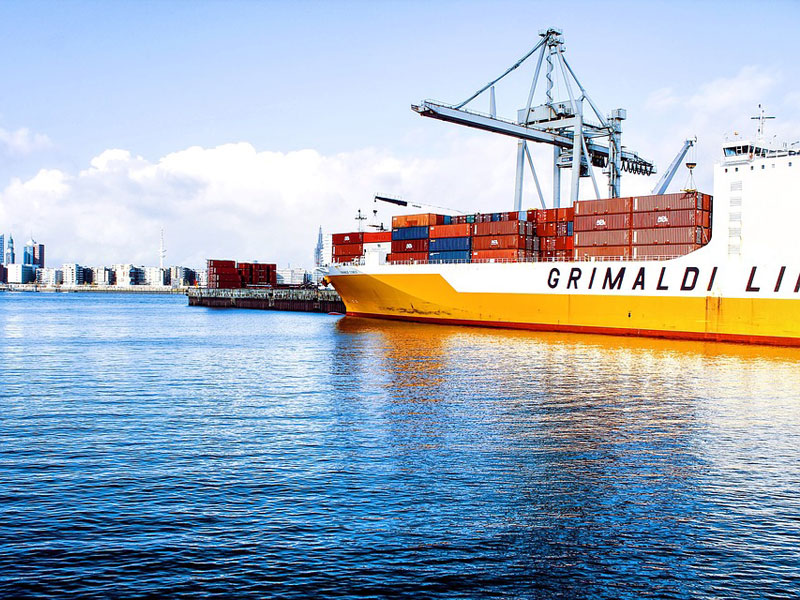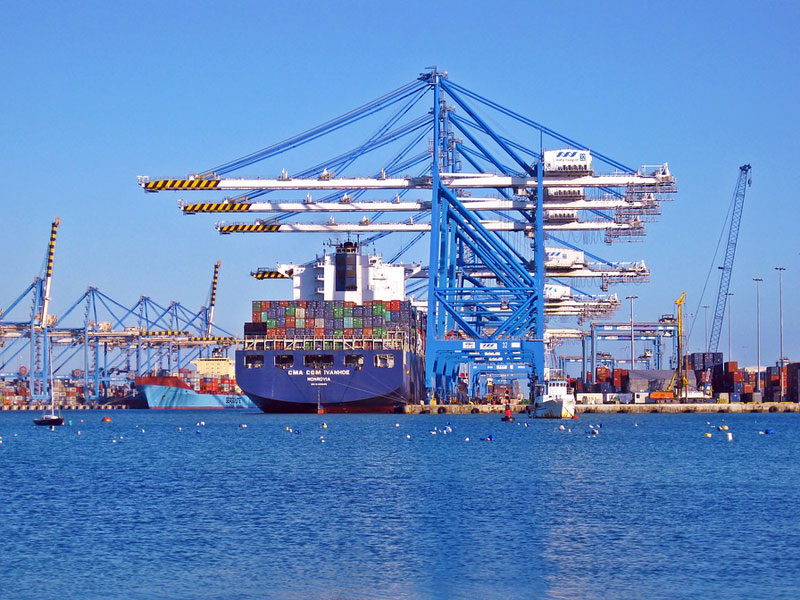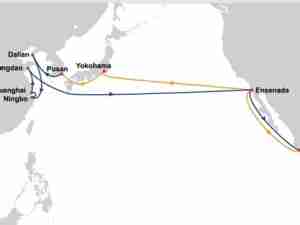The time we live in is a fascinating one. For everything we decide to do, be it choosing a career, researching historical events or moving, we have an incredible amount of options - options which allow us to do what suits us, our families and our budget the best. Since this world is a fast-changing one, moving from one country to another can happen in the blink of an eye. And, when it comes to transporting your items, you don`t have to lift a finger. Instead, you can choose whether you want to ship your items by plane or by boat. If you decide on the latter option, which is what a lot of people do, you need to understand the meaning behind two terms you are bound to hear. Since you will need to opt for either the Bill of Lading or Sea Waybill, knowing the difference is of paramount importance.

Bill of Lading or Sea Waybill – which one will you choose for your next shipment?
What is a Bill of Lading?
The Bill of Lading is a type of contract between the carrier and a shipper. Some say that this term has existed since medieval times and that it has been used ever since. We won`t dwell on this fact for too long, as there is no exact way of determining when the Bill of Lading was first used, nor does it matter. What we will say is that the Bill of Lading is fundamentally a receipt for all the cargo that is being shipped. It contains information such as the number of goods received and their current condition. The fact that it is accepted by banking institutions makes it a highly desirable document to have when shipping your goods.
When it comes to maritime transportation, a Bill of Lading can regulate many things and ensure a smooth and trouble-free transit of your goods.
- The carrier has the responsibility of ensuring the correct description of the cargo
- Furthermore, the carrier must release the cargo to the entitled party
- The Bill of Lading ensures that the carrier will care for the cargo while in their possession
If you are not sure whether to choose the Bill of Lading or Sea Waybill, all you need to do is compare the two. You have learned about the former one, now let`s see what the latter one has to offer.

A Bill of Lading ensures a safe transit for your goods.
What is a Sea Waybill?
Unless you decide to dig deep, you might not notice the differences between the Bill of Lading and the Sea Waybill. And the truth is that the differences are minuscule, and sometimes hardly noticeable. In essence, a Sea Waybill has the same function as the Bill of Lading - it serves as a receipt, stating that your goods were accepted by the carrier. It gives you some sort of protection from all that could go wrong. What makes Sea Waybill such a handy solution is that it can be used everywhere. That is why even if you decide to
, Miami, San Diego or another coastal city, you have an option of insuring your items.
So, what is the difference? Even though the carrier has the same responsibilities towards the shipper, the difference is that the Sea Waybill does not function as a document of title. Not being a document of title can potentially cause a lot of trouble. You already know that a shipper`s obligation is to designate a third party responsible for accepting the goods once the boat reaches its destination. If, for some reason or another, in the middle of the transport the shipper decides to change his/her mind and name a different person for accepting the goods, trouble may arise. Now, the shipper is dependent on the carrier`s approval and any requests must be made in writing.

The Sea Waybill will not serve as a document of title.
Bill of Lading or Sea Waybill - which one should you choose?
There really is no right or wrong answer to the question, as it all depends on your situation. When it comes to choosing the right freight forwarder and the appropriate receipt that comes with it, what matters is taking a look at the reasons behind your shipping. What we can tell you are the statistics. The majority of parties using sea freight end up opting for the Sea Waybill. If you are sure you will not be selling your goods during the transport, nor change the person receiving it, the Sea Waybill is the better option. By opting for the Sea Waybill over the Bill of Lading, you get to avoid the cost and the hassle that using the Bill of Lading can bring.
On the other hand, if you are still unsure about the specifics of your shipment, using the Bill of Lading is a more logical choice. It serves as a document of title, unlike the Sea Waybill, so it can give you more room for making any changes.
Of course, sometimes the carrier will demand you use one option over the other. In such situations, you have no say in whether you choose the Bill of Lading or Sea Waybill, so all you can do is hope for the best. And, the truth is that they both have their benefits and drawbacks, so some luck is also needed. After all, the most crucial thing is that both of these options offer you protection for your shipment, and the finesses between them are negligible. However, it would be great if you could predict the path of your shipment and decide for one of the two options. If not, just have faith – both the Bill of Lading and the Sea Waybill are the right choices. Hopefully, there will be no unpredictable circumstances during your shipment, and you will be reconnected with your goods soon enough.






